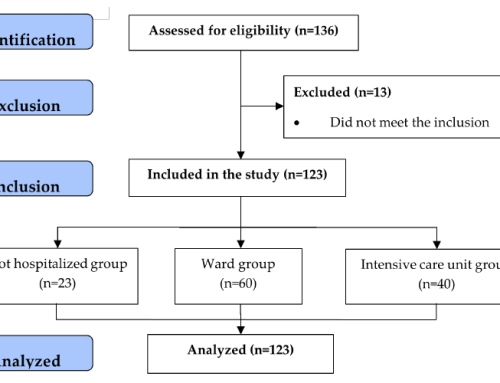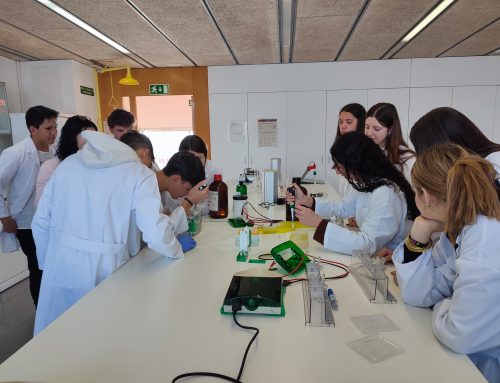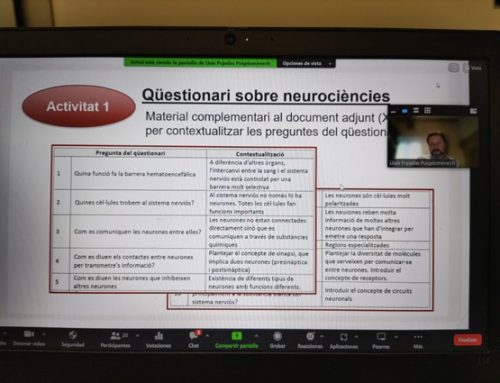Article: New insights into the molecular mechanism of rhodopsin retinitis pigmentosa from the biochemical and functional characterization of G90V, Y102H and I307N mutations
Authors:
Abstract:
Objectives: Mutations in the photoreceptor protein rhodopsin are known as one of the leading causes of retinal degeneration in humans. Two rhodopsin mutations, Y102H and I307N, obtained in chemically mutagenized mice, are currently the subject of increased interest as relevant models for studying the process of retinal degeneration in humans.
Methods and results: Here, we report on the biochemical and functional characterization of the structural and functional alterations of these two rhodopsin mutants and we compare them with the G90V mutant previously analyzed, as a basis for a better understanding of in vivo studies. This mechanistic knowledge is fundamental to use it for developing novel therapeutic approaches for the treatment of inherited retinal degeneration in retinitis pigmentosa. We find that Y102H and I307N mutations affect the inactive-active equilibrium of the receptor. In this regard, the mutations reduce the stability of the inactive conformation but increase the stability of the active conformation. Furthermore, the initial rate of the functional activation of transducin, by the I307N mutant is reduced, but its kinetic profile shows an unusual increase with time suggesting a profound effect on the signal transduction process.
Conclusions: This latter effect can be associated with a change in the flexibility of helix 7 and an indirect effect of the mutation on helix 8 and the C-terminal tail of rhodopsin, whose potential role in the functional activation of the receptor has been usually underestimated. In the case of the Y102H mutant, the observed changes can be associated with conformational alterations affecting the folding of the rhodopsin intradiscal domain, and its presumed involvement in the retinal binding process by the receptor.
Keywords: Conformational stability; G protein-coupled receptors; Ligand binding; Protein folding; Retinal degenerative diseases.












Leave a Reply